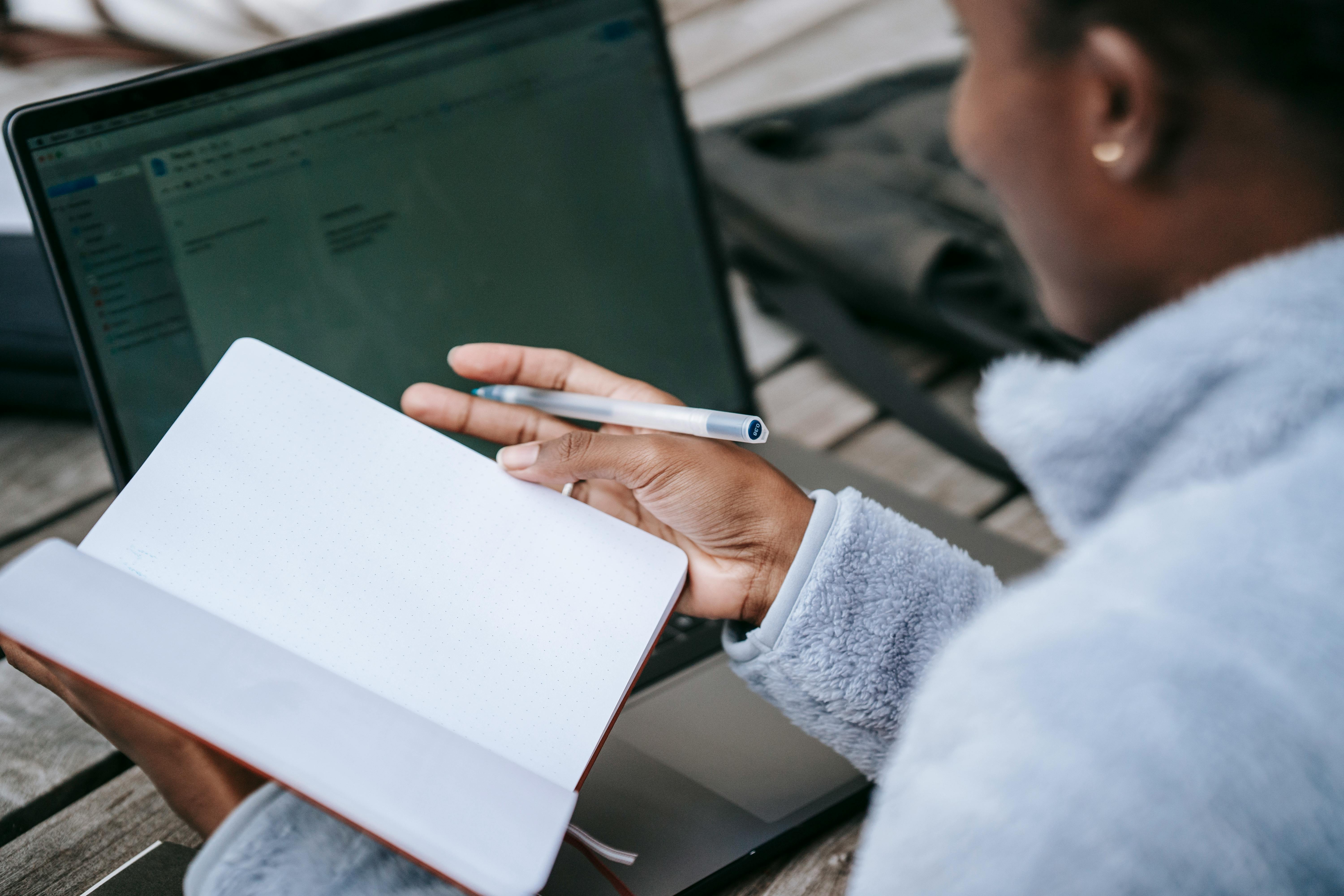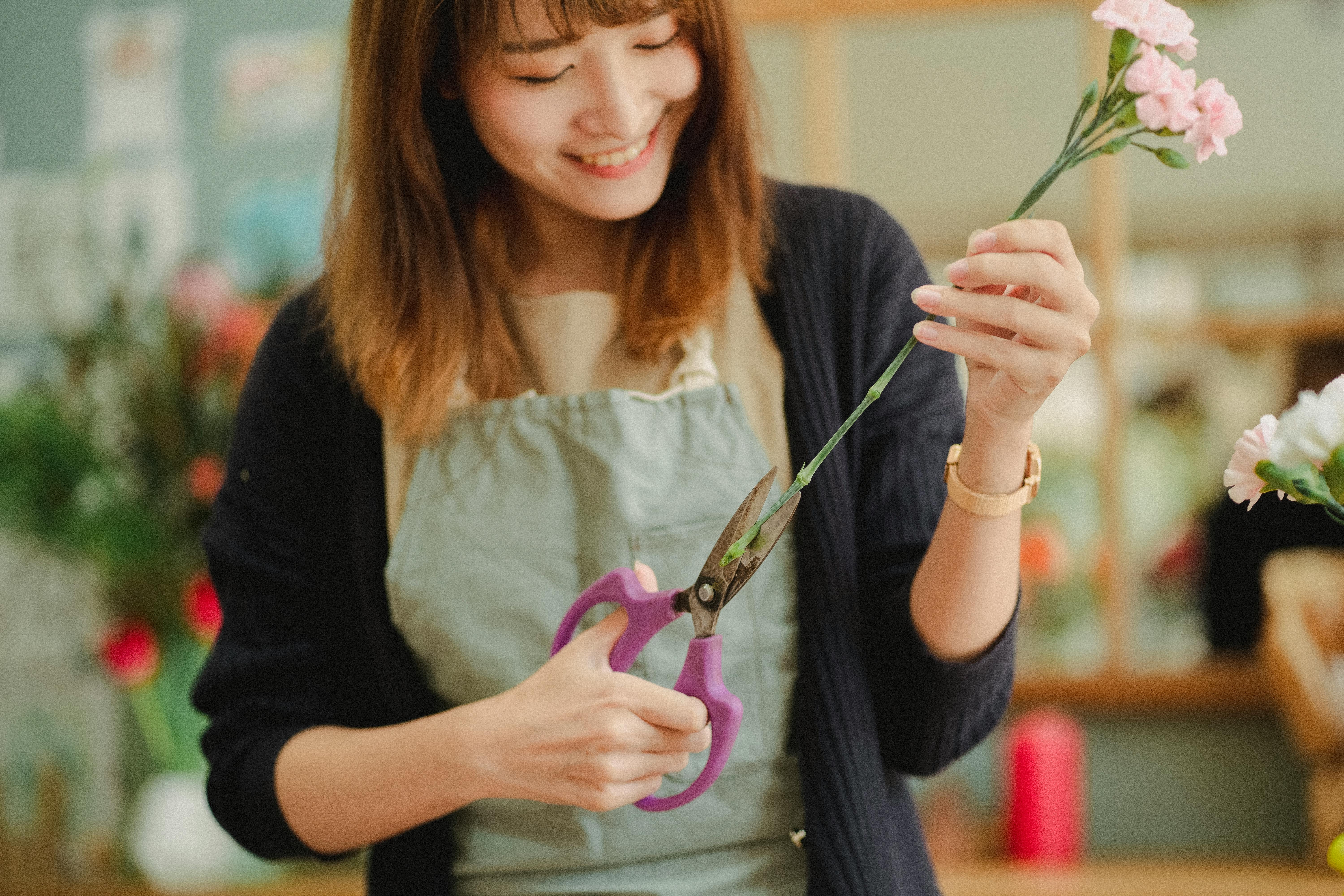Techniques Used in Experiential Design
A tool is any object that can be used to create, modify or manipulate a design. In the field of UX, there are a variety of software tools used to design user interfaces (UI) and experience layouts. Some of the most popular tools include Sketch, Invision, Zeplin, and Adobe XD.
While there are many different tools and techniques that can be used in Experiential Design, not all are required or applied to every project. The right set of tools depends on the goals, resources and stage of a project.
Design thinking is a design framework that helps companies identify and solve complex problems by empathizing with end-users. It’s a highly iterative process and requires a lot of testing and feedback from users to build products that work as intended.

Unlike other disciplines, such as engineering or medicine, where the goal is to produce a single, finished product, experience designers use public development cycles that allow them to rapidly test and iterate on their designs and make changes to improve the final product. This is a powerful technique that allows designers to maximize functionality and desirability of the final product.
Tools and Techniques Used in Experiential Design
There’s a lot of room for healthy critique and caution when working on a new product or service, but pessimism can be toxic to the creative process. This is why experience designers often work in highly collaborative teams and encourage each other to be optimists.
A five-second test is a simple way to measure how much information users perceive and what impressions they form when they first view your design. It’s an excellent way to validate that your messaging is clear and impactful.
Card sorting is a research technique in which you give participants physical or digital index cards and ask them to group them into categories that make sense to them. This is a great way to learn how your audience categorizes and understands information, and can help you identify any gaps or biases in your research.
Mood boards are a visual way to organize and communicate ideas. They’re also a great tool for brainstorming and can be helpful in making a decision about the best direction to take with a project.
Prototyping is a crucial component of the design process and an essential tool for experience designers. Prototypes are a great way to test and gather feedback from your target audience, so you can make changes to your final product before it’s released. Prototyping is an iterative process, so you can keep building and testing your prototypes until you’ve nailed the product you want to release.
Bringing together people from different departments of a company who don’t normally interact can be an effective strategy for generating atypical conversations and unforeseen insights that will improve the final product. A facilitated workshop is an excellent way to achieve this. The key is to ensure everyone feels included and has a chance to speak up and contribute. This type of collaboration can also unblock bureaucratic obstacles and prevent siloed thought processes that can stall projects.

